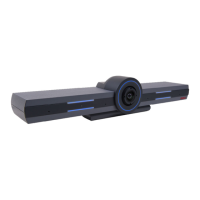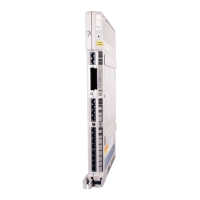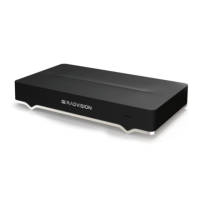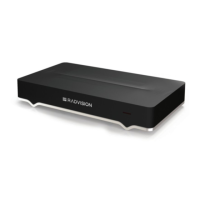Installation and Upgrades for DEFINITY ONE and
IP600 Internet Protocol Release 10
555-233-109
Issue 6
December 2001
Glossary
GL-6
light-emitting diode (LED)
A semiconductor device that produces light when voltage is applied. LEDs provide a visual indication of the
operational status of hardware components, the results of maintenance tests, the alarm status of circuit packs,
and the activation of telephone features.
local area network (LAN)
A networking arrangement designed for a limited geographical area. Generally, a LAN is limited in range to a
maximum of 6.2 miles and provides high-speed carrier service with low error rates. Common configurations
include daisy chain, star (including circuit-switched), ring, and bus.
Lucent Access Control (LAC)
A module that governs maintenance access to the Avaya application software.
M
maintenance
Activities involved in keeping a telecommunications system in proper working condition: the detection and
isolation of software and hardware faults, and automatic and manual recovery from these faults.
maintenance update
This is a software update, the processor is not replaced.
major alarm
An indication of a failure that has caused critical degradation of service and requires immediate attention.
Major alarms are automatically displayed on LEDs on the attendant console and maintenance or alarming
circuit pack, logged to the alarm log, and reported to a remote maintenance facility, if applicable.
MAPD
Multi-application platform for DEFINITY.
memory
A device into which information can be copied and held, and from which information can later be obtained.
minor alarm
An indication of a failure that could affect customer service. Minor alarms are automatically displayed on
LEDs on the attendant console and maintenance or alarming circuit pack, sent to the alarm log, and reported
to a remote maintenance facility, if applicable.
modem
A device that converts digital data signals to analog signals for transmission over telephone circuits. The
analog signals are converted back to the original digital data signals by another modem at the other end of the
circuit. (MOdulator-DEModulator)
multileg cable, also called an octopus cable or a splitter cable
Processor interface cable.
N
NFAS
See Nonfacility-associated signaling (NFAS).
node
A switching or control point for a network. Nodes are either tandem (they receive signals and pass them on)
or terminal (they originate or terminate a transmission path).

